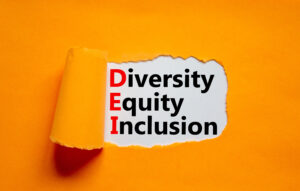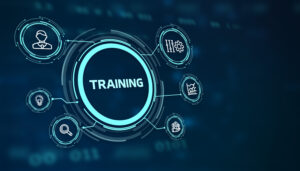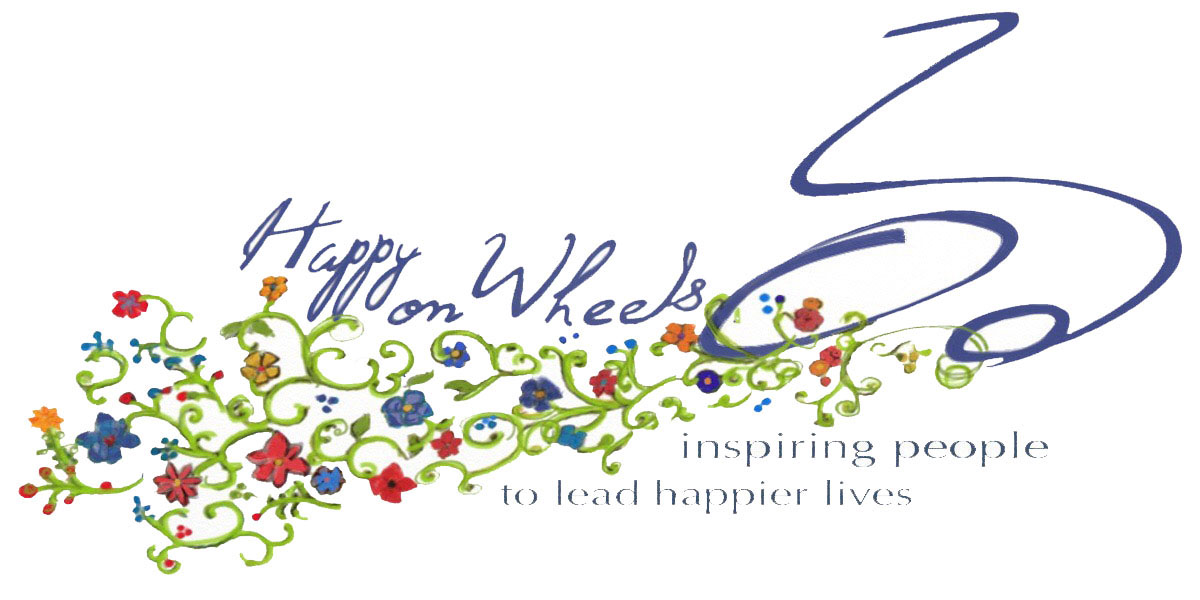Author: Sheri Denkensohn-Trott
I hope I don’t sound like an old curmudgeon in this blog, but I find myself becoming increasingly frustrated with television news flashing “breaking” in big red, all capital letters at the bottom of the screen. It continues for  the rest of the day. “Breaking” becomes meaningless. When I was younger, the networks stopped regular coverage for an issue that was truly breaking news. Now our 24-hour news cycle, social media blitz, and limited attention span, has made news a two-minute soundbite.
the rest of the day. “Breaking” becomes meaningless. When I was younger, the networks stopped regular coverage for an issue that was truly breaking news. Now our 24-hour news cycle, social media blitz, and limited attention span, has made news a two-minute soundbite.
I am willing to admit that I’m not as thorough in my reading of news as I would like to be. I skim the headlines that I get from the major newspapers every day and many times after a week I delete what is then old news. However, if an important event is happening in the world, or a topic that impacts my profession, personal life situation, or those that are close to me, I do my best to read, listen to podcasts, and educate myself. I don’t feel I’m giving a full shake to the issue if I don’t learn more. Maybe that comes with age, but taking in limited information has consequences.
There are many topics that I can address that have limitations based on headline reading, but I’m choosing to focus on one that is near and dear to me. “Diversity, Equity, & Inclusion is dead.” I’m sure that I am not the only one to have read numerous articles that there is no effective mechanism to measure increased Diversity, Equity & Inclusion (DEI), the Supreme Court ruling on consideration of race in admissions rendered DEI far less important, leading to the overall trend that corporate DEI officers are no longer needed.
 It was at the height of the post George Floyd events that DEI policies were at the forefront of the public and private sector. Advertisements for DEI Officers were barreling off the press and diversity statements were being written and released by large corporations. The President issued an Executive Order regarding DEI policy governmentwide. DEI was all over the headlines and “hot.” As an individual with a disability, I was interested in this topic. However, I became very disheartened by the fact that disability was visibly absent from the list of underrepresented groups covered by these initiatives.
It was at the height of the post George Floyd events that DEI policies were at the forefront of the public and private sector. Advertisements for DEI Officers were barreling off the press and diversity statements were being written and released by large corporations. The President issued an Executive Order regarding DEI policy governmentwide. DEI was all over the headlines and “hot.” As an individual with a disability, I was interested in this topic. However, I became very disheartened by the fact that disability was visibly absent from the list of underrepresented groups covered by these initiatives.
Disability is highly underrepresented in the workforce, currently at the rate of only 40% employment compared to non-disabled individuals at the rate of over 70%. During the COVID pandemic, the employment rate for individuals with disabilities rose to 42% (largely because of remote work) and it is now declining. As a disabled professional with a law degree, the fact that disability was missing from DEI was maddening.
Through my education and years of disability advocacy I probably could’ve hung out my shingle and done consulting on disability by just jumping on the bandwagon. But I wanted to learn what I didn’t know. I decided to get a certificate in Diversity & Inclusion from Cornell University. I know disability, but I didn’t know the ins and outs of all aspects of DEI, and I don’t have a background in human resources. That is why I took the certificate class. I found it incredibly engaging, thought-provoking, and I learned! I delved into theories of why disability was missing from the conversation. I networked with other members of my cohort who were not disabled about what they were experiencing in their organizations regarding recruiting and training. I took that knowledge and started doing my own consulting.
Individuals can complain all they want that this is a fad. And maybe it will disappear because of competing interests and the challenges that organizations are experiencing regarding how an office will look nowadays because of the back to the office pushback and structure. But what will likely not change is the state of employment of those with disabilities. This is not new. And this is an untapped labor market at the ready. It is a missed opportunity and a misunderstood  population.
population.
Maybe the name needs to be changed. With the label DEI, folks may not listen the minute they hear it. I learned in my course that the most effective way for DEI to be sustained and remain effective is action from the grassroots and middle management of organizations. Yes, it needs to be supported by management at the top, but after a while you may not need a DEI officer leading the charge. Data shows that performance and return on investment increase with a more diverse workplace. That bottom line is important. I would also argue that people need to be comfortable and understand others, regardless of their backgrounds, to have a productive workplace. And one of the most challenging things for individuals in the workplace is to understand and communicate with those with disabilities.
We are talking about the basics. In my training I cover terminology, whether to ask if someone needs help, how best to accommodate an individual with a disability, are there specific rules about asking certain questions about disability during the hiring process, and the like. Why should this be controversial? These are learning opportunities that apply in and out of the office. One in four individuals has a disability and they are not all apparent, like mine. So, you  are not going to see tons of people rolling around in wheelchairs. Many people have disabilities that impact their ability to function, but you may never know. Many individuals choose not to disclose their disabilities for a variety of reasons, one of the aspects impacting the numbers of individuals with disabilities known to management. But the statistics are clear. In 10 years one in three individuals will have a disability. And long COVID has left many individuals with conditions that will fall under the definition of disability. I know one 18-year-old who has severe asthma because of COVID. It adversely impacts her high school experience, requiring her to now learn how to access disability services when she enters college. This will not change when she enters the workforce, and her condition may be exacerbated as she ages.
are not going to see tons of people rolling around in wheelchairs. Many people have disabilities that impact their ability to function, but you may never know. Many individuals choose not to disclose their disabilities for a variety of reasons, one of the aspects impacting the numbers of individuals with disabilities known to management. But the statistics are clear. In 10 years one in three individuals will have a disability. And long COVID has left many individuals with conditions that will fall under the definition of disability. I know one 18-year-old who has severe asthma because of COVID. It adversely impacts her high school experience, requiring her to now learn how to access disability services when she enters college. This will not change when she enters the workforce, and her condition may be exacerbated as she ages.
Before you listen to headlines that “DEI is dead” think about what that means. We have a diverse population in the US with individuals from many backgrounds. Workplaces are inevitably going to become more diverse. Is there significant progress that needs to be made? Sure. Employees are going to demand that everyone doesn’t look the same. Just ask the new generation entering the workforce. And when it comes to disability, it’s a no-brainer. You may join this group at any time. It’s in your best interest to educate yourself.

